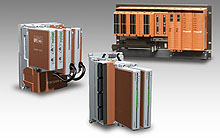 Yokogawa Electric Corporation announces that it will be releasing an enhanced version of the ProSafe®-RS safety instrumented system (SIS) on November 27. This new version, R4.01, features an exciting expansion of Yokogawa's lineup of I/O devices and introduces crucial new SIS components. In addition, the FieldMate™ Validator software has been enhanced to work with this latest version of ProSafe-RS.
Yokogawa Electric Corporation announces that it will be releasing an enhanced version of the ProSafe®-RS safety instrumented system (SIS) on November 27. This new version, R4.01, features an exciting expansion of Yokogawa's lineup of I/O devices and introduces crucial new SIS components. In addition, the FieldMate™ Validator software has been enhanced to work with this latest version of ProSafe-RS.
In the oil, natural gas, petrochemical, iron & steel, and other energy and basic materials industries, accident prevention and protection of the environment are paramount concerns in plant operations. Accordingly, there is a growing demand for SISs that can detect abnormal conditions and safely initiate emergency shutdowns.
To keep pace with the ever evolving business and technology landscape and respond to customers' needs for solutions that will deliver maximum return on assets and minimize total cost of ownership, Yokogawa has continued to strengthen the functions of the ProSafe-RS SIS. With R4.01, plant operators can be assured of an optimum engineering environment that spans the entire plant lifecycle, from plant design and the engineering and installation of systems and devices to the start-up of production, maintenance, and renovation.
New Features added:
- N-IO (Network I/O) field I/O device with smart configurable I/O that can handle multiple types of I/O signals
- FieldMate Validator software tool for use with field I/O instruments to check field device wiring and verify that devices are operating correctly
- Automation Design Suite (AD Suite) integrated engineering environment

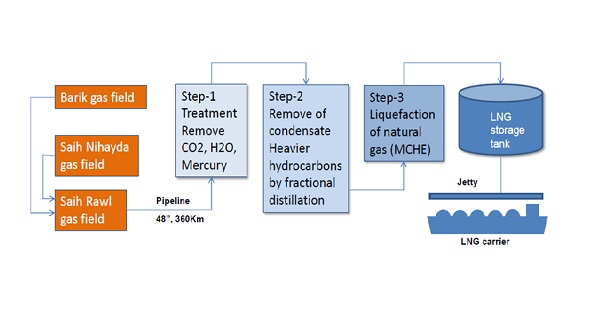 Oman Liquefied Natural Gas LLC (OLNG) is a limited liability incorporated joint venture company established by a Royal Decree and operated under the laws of the Sultanate of Oman. It engages in the business of producing and selling liquefied natural gas (LNG) and byproduct natural gas liquids (NGL).
Oman Liquefied Natural Gas LLC (OLNG) is a limited liability incorporated joint venture company established by a Royal Decree and operated under the laws of the Sultanate of Oman. It engages in the business of producing and selling liquefied natural gas (LNG) and byproduct natural gas liquids (NGL).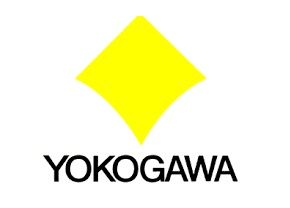 Yokogawa Solution Service Corporation, a subsidiary of Yokogawa Electric Corporation that is responsible for the company's control business in Japan, announces that a community energy management system (CEMS) that it has built and delivered to the F-Grid Ohira, Miyagi Limited Liability Partnership (LLP)* is now fully operational. The LLP is headed by Toyota Motor Corporation. Over a two-year period, this system was developed by the LLP, built by Yokogawa, and field tested. Funding for the testing of this system, which was developed as part of a smart community project undertaken by the LLP was provided by the Japanese government.
Yokogawa Solution Service Corporation, a subsidiary of Yokogawa Electric Corporation that is responsible for the company's control business in Japan, announces that a community energy management system (CEMS) that it has built and delivered to the F-Grid Ohira, Miyagi Limited Liability Partnership (LLP)* is now fully operational. The LLP is headed by Toyota Motor Corporation. Over a two-year period, this system was developed by the LLP, built by Yokogawa, and field tested. Funding for the testing of this system, which was developed as part of a smart community project undertaken by the LLP was provided by the Japanese government.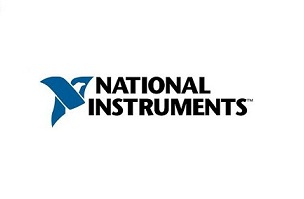 NI , the provider of platform-based systems that enable engineers and scientists to solve the world’s greatest engineering challenges, announced today new embedded systems hardware based on the open, flexible LabVIEW reconfigurable I/O (RIO) architecture. This hardware includes the high-performance CompactRIO Controller for integrators with rugged, industrial applications, Controller for FlexRIO for designers with high-performance embedded applications and Single-Board RIO Controller for designers who require more flexibility in their embedded applications. These controllers integrate the latest embedded technologies from Intel and Xilinx to deliver unparalleled performance and flexibility, empowering system designers and machine builders to address the most demanding control and monitoring challenges. The controllers are fully supported by LabVIEW software, the LabVIEW FPGA Module and NI Linux Real-Time, now based on Security-Enhanced Linux, which enables advanced security features for Industrial IoT applications.
NI , the provider of platform-based systems that enable engineers and scientists to solve the world’s greatest engineering challenges, announced today new embedded systems hardware based on the open, flexible LabVIEW reconfigurable I/O (RIO) architecture. This hardware includes the high-performance CompactRIO Controller for integrators with rugged, industrial applications, Controller for FlexRIO for designers with high-performance embedded applications and Single-Board RIO Controller for designers who require more flexibility in their embedded applications. These controllers integrate the latest embedded technologies from Intel and Xilinx to deliver unparalleled performance and flexibility, empowering system designers and machine builders to address the most demanding control and monitoring challenges. The controllers are fully supported by LabVIEW software, the LabVIEW FPGA Module and NI Linux Real-Time, now based on Security-Enhanced Linux, which enables advanced security features for Industrial IoT applications.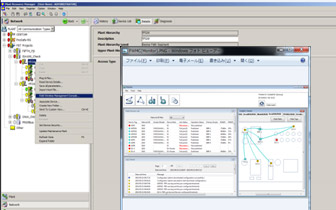 Yokogawa Electric Corporation announces the July 2 release of version R3.20 of its Plant Resource Manager (PRM) software tool for the centralized management of large amounts of data from plant monitoring and control devices and manufacturing equipment. PRM R3.20 is an upgrade to R3.12 and includes an improved management function for HART and ISA100 Wireless™ field devices. With this new PRM version, Yokogawa aims to capture a larger share of the plant maintenance market.
Yokogawa Electric Corporation announces the July 2 release of version R3.20 of its Plant Resource Manager (PRM) software tool for the centralized management of large amounts of data from plant monitoring and control devices and manufacturing equipment. PRM R3.20 is an upgrade to R3.12 and includes an improved management function for HART and ISA100 Wireless™ field devices. With this new PRM version, Yokogawa aims to capture a larger share of the plant maintenance market.